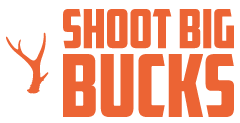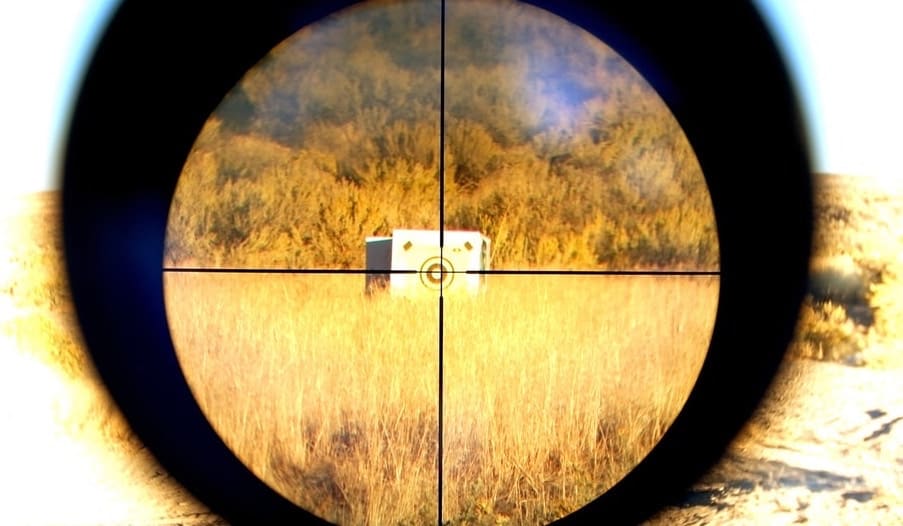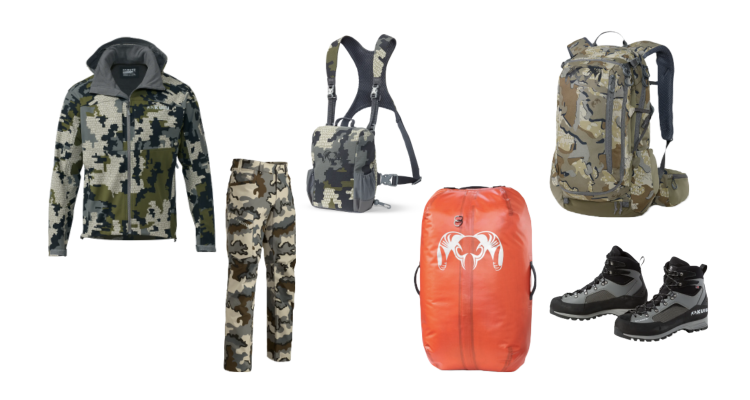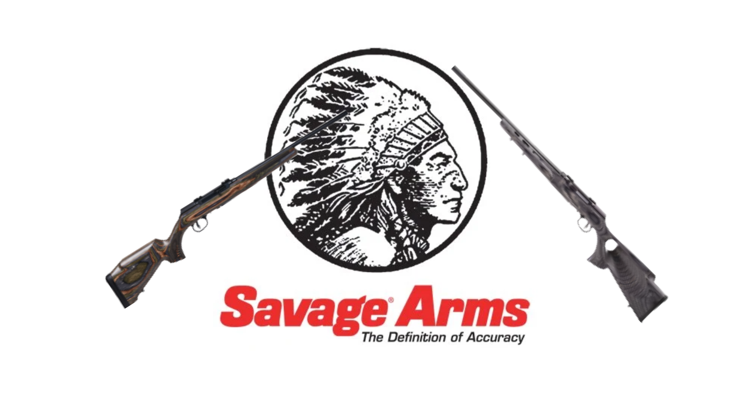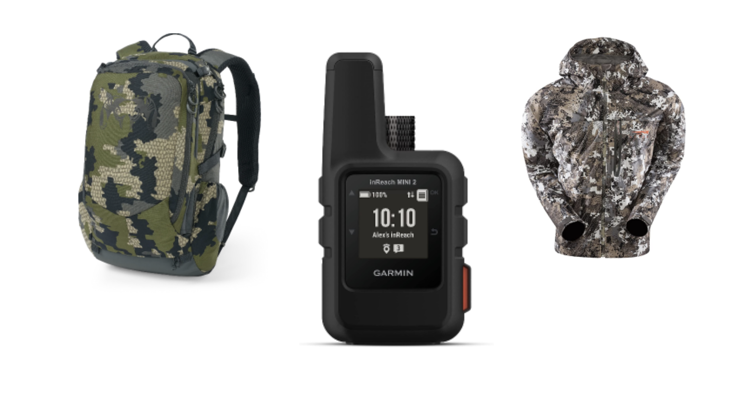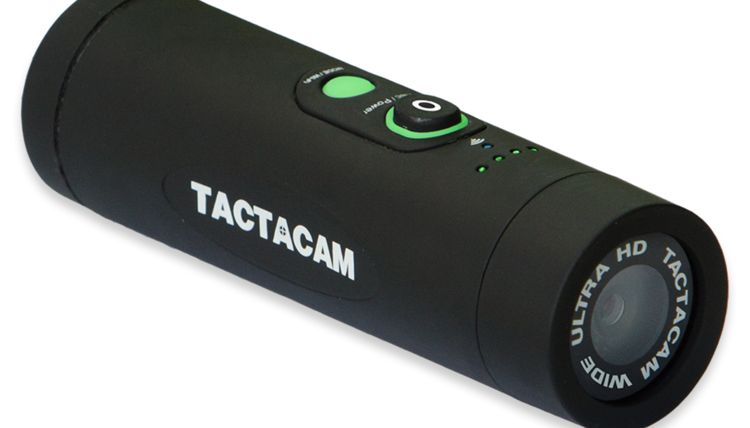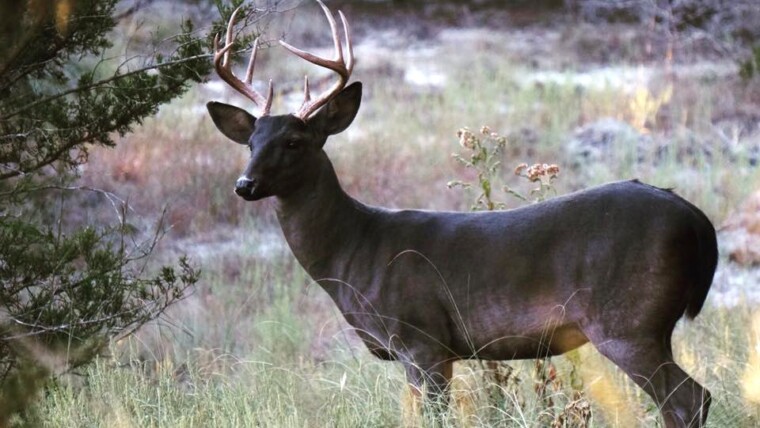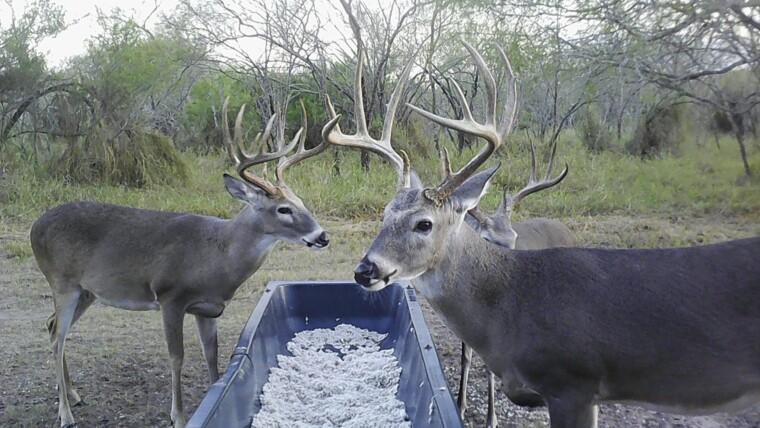I’d like to share 17 tips to help improve your accuracy with a .22lr rifle. Selecting the right gear as well as positioning your body correctly are important factors to consider when trying to improve your accuracy. Before I go into more detail, the 17 tips on how to improve my accuracy with a .22lr rifle are:
- Select a quality rifle
- Select the right action
- Select a barrel
- Select quality ammunition
- Scopes vs iron sights
- Trigger pull weight
- Correct body positioning
- Natural alignment
- Correct stock position in the shoulder
- Grip
- Correct leg position
- Correct head position
- Relax
- Fine tune your position
- Breathing
- Shot release
- Follow through
Select a Quality Rifle
Some may argue that a cheap rifle is just as accurate as a more expensive brand. In my experience, I have had fairly definitive results to the contrary. I have owned cheap Chinese made rifles, such as the Norinco JW15 (Norinco rifles are no longer available in the US), as well as more expensive rifles, such as CZ.
I currently own the CZ 455 Ultra Lux which has a few customizations. This rifle cost approximately $1000 including quality optics, suppressor, and bipod. The Norinco I used to own (before I sold it as it was that bad), was around $300 all up.
Both the CZ and Norinco could hold a 1 inch group out to 50 yards, but when shooting out to 100 to 150 yards there was a noticeable difference between the two. The CZ could hold the 1 inch group easily out to 150 yards whereas the Norinco’s spread at this range was about 3 inches or more using the same ammunition and optics on both rifles.
The quality of the CZ was just far superior to that of the Norinco. The action and barrel had a big part to play in the accuracy between the two which I will out-line below.
Related Article: Best Savage .22 Rifles
Select the Right Action
A single shot or bolt action will have better accuracy compared to a semi-auto, especially with long range shooting. The action on a bolt action is a lot tighter compared to a semi auto which reduces movement in the breech and improves accuracy. My CZ had a very tight action compared to the Norinco, which reduced movement and increased my accuracy.
Select a Barrel
There are many different types of barrels for the 22 rifle, and I will cover this in more detail in another article, but the key thing that has helped me with my accuracy was barrel length and keeping the barrel clean.
My CZ 455 ultra lux has a longer than normal barrel at 28 inches and a rifling rate of twist of 1:16. The longer barrel helps with my accuracy at longer ranges.
Keeping your barrel clean is a must. Clean it after every shooting session, as leading and fouling can affect accuracy.
Select Quality Ammunition
You should experiment with different brands, grains (weight) and power of ammunition with your specific rifle, to find which works best for you and your rifle. Cheaper ammunition can be very inconsistent with the amount and quality of gun powder, which can lead to weak or powerful rounds. This then leads to inconsistent accuracy.
I played around with various brands for my CZ such as CCI and Remington (among others) and settled on Winchester Super X 42 grain for subsonic and Winchester Power Point 40 grain for high power. These work best in my CZ bolt action, but I use CCI Velocitor in my semi-auto.
>>>Related: .22short vs .22Long vs .22LR vs .22Mag
Scopes vs Iron Sights
Scopes are going to increase your accuracy, especially over long distances, but both scopes and iron sights (open sights) have their positives and negatives.
I used to do a lot of iron sight shooting, especially when I was starting out with an air rifle and 22 rifle. I think everyone should try it as iron sight shooting can give you a unique connection between the rifle and your surroundings.
Your peripheral vision comes into play a lot more with iron sights and you become a lot more aware of your surroundings. Also, you really have to focus on the target and sights to line things up perfectly. Iron sight shooting is great for short range, moving targets and is a lot safer due to your peripheral vision being more open.
A scope will increase your accuracy but not all scopes are equal. You might go for an un-named cheap scope due to budget constraints, but quality really does pay in the long run.
I tried a cheap scope on my CZ and it would not hold a tight grouping, the parallax was really bad and the lens quality was awful. I now have a Bushnell Trophy 3-9 x 40 on the CZ and there is just no comparison. This scope is actually for big game hunting on centerfire rifles, but I find it works perfect on my particular rifle because I mainly do long range shooting/hunting out to 150 yards.
I even tried a rimfire specific scope, the Nikon Prostaff 3-9 x 40 Rimfire BDC 150, as a comparison, but went back to the Bushnell as I had better results with that scope.
You don’t have to spend a fortune on a scope (unless you want too), just a good brand at a reasonable price that can hold its zero is all you need.
Trigger Pull Weight
Don’t get to hung up about this if your just plinking or hunting, it’s really not going to make too much of a difference. Yes a lighter weight trigger can improve accuracy but unless you’re getting into competition or match shooting then you don’t really need to worry too much about it.
If you have arthritis or a hand or finger injury, then a lighter pull may help.
If you can, adjust your trigger pull until you have some light resistance. Too light and you will shoot too early.
Correct Body Positioning
The following covers body positioning to improve accuracy. Generally, you will want to be in the prone position or using some form of support for the best chance of improving accuracy. As soon as you leave the ground or go freehand/off-hand, your accuracy is going to reduce. The following body positioning covers being in the prone position.
Natural Alignment
First of all, align the rifle in a straight line with whatever it is you’re going to shoot at, whether it’s an animal or a target. Then line your body up with the rifle making sure you are only slightly off-center to the rifle.
Correct Stock Position in the Shoulder
Place the centre of the stock butt in your shoulder pocket. If you put the bottom of the butt in your shoulder pocket the shot is likely to go low and if you put the top of the butt in your shoulder pocket, the shot is likely to go high.
Grip
For the purposes of this article, the description for grip will be for right handed shooting. Just do the opposite if you are left handed.
Plant your right elbow firmly on the ground. Take hold of the grip on the rifle with your right hand, not too tight and not too loose. Bring your left hand under the stock and rest your left hand on your bicep, making sure the stock is resting on your left forearm or wrist.
Correct Leg Position
Keep your spine in a straight line, slightly offset to the line of your rifle pointing at the target. Do not bend or rotate your spine sideways. Spread your legs out widely behind you (but not too wide that it is uncomfortable) so there is a V pattern leading up to your crotch. Make sure the insides of your feet and legs are flat to the ground and your toes are pointing outwards.
Correct Head Position
Keep your eye naturally aligned with the sights or reticle in the scope. Rest your cheekbone on the comb or cheek rest of the stock, making sure your head is relaxed on the stock and you’re not using any of your neck muscles.
Relax
At this stage, consciously and totally relax every muscle in your body, from head to toe.
Fine Tune Your Position
If the sights or reticle are slightly off the target, move your whole body, not the rifle, until the sights or reticle is absolutely central to the target.
Breathing
This is a very important part of the procedure. Take notice of your breathing right now while you are reading this. Breathe in and breathe out, then breathe in and breathe out. Notice, when you breathe in, there is no pause at the top of your breath before breathing out. Then, when you breathe out, there is a natural pause of about 2 to 3 seconds at the bottom of your breath.
Do this a few more times until you really notice it. Before you take any shot, take two relaxing deep breaths in and out. By doing this you can extend the pause at the bottom of your breath to about 3 to 4 seconds and that is when you take the shot.
You never ever hold your breath to take a shot as this will cause the muscles in your chest to contract which will radiate into the stock. Your heartbeat will also affect the shot if you hold your breath.
Shot Release
Keep both eyes open for both iron sights and scopes, as your master will take over and your weak eye will serve as peripheral vision. Place your finger on the trigger, take up the first pressure and feel the resistance. Gently squeeze until the trigger snaps. It should feel like your snapping a thin piece of glass with your trigger finger.
Follow Through
At the point the triggered snaps, no part of your body should move, other than the recoil. Switch your focus from the sights or reticle to the target or animal and look for any disturbance to the target, or around the target, taking note of the bullet position in relation to where you expected to see a hit. Prepare for a follow-up shot in case of an injured animal.
Conclusion
There are many tips and tricks to improving your accuracy with a 22 rifle but the above works pretty well for me. Quality gear really does make a difference and should be considered as it doesn’t cost a lot more for quality gear.
It is very important to keep your body as flat to the ground as possible and of all the tips above, work hard on breathing and trigger control followed by the other points.
As always, take care and be safe.
